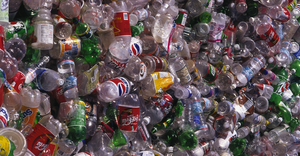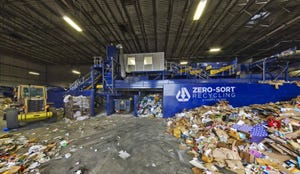California Waste Management Statistics Questioned
October 19, 2001
Danielle Jackson
Sacramento -- While California is known for its high recycling and landfill diversion rates, some recently have questioned whether the statistics are accurate.
Experts consider the state to be a pioneering waste manager with some of the nation's strictest standards. But state Sen. Gloria Romero, D, and state auditor Elaine Howle say that California's reputation is built on misleading statistics derived from formulas aimed at skewing results.
California Integrated Waste Management Board (CIWMB) spokesman Chris Peck told the Associated Press that statistics may have been inaccurate because of a 1989 law that required cities and counties to divert one-fourth of their trash from landfills to recycling centers and compost piles by 1995, and divert half of it by 2000. Many municipalities haven't met the 2000 deadlines and have asked for more time, possibly causing some to alter the statistics.
Peck added that the law makes local governments entirely responsible for waste diversion and does not require households or businesses to recycle.
But figures show that California diverts 42 percent of its waste from landfills to curbside recycling bins, hometown recycling centers and mulching firms, compared with a 33 percent national average, according to the U.S. Environmental Protection Agency (EPA), Washington, D.C.
CIWMB officials say the state has kept 140 million tons out of landfills since 1990, has shredded millions of tires and has recycled more than 61 million gallons of engine oil per year.
But the problem, experts agree, is that California's population is surging and reflects a mixture of a poor population that has a low priority for waste management and an affluent population that overconsumes and creates additional waste. The state's population is expected to reach 40 million by 2010.
To increase recycling rates and decrease the amount of waste in the future, state government officials hope to create a more aggressive recycling industry and use more efficient electric cars, tires that last longer.
You May Also Like


